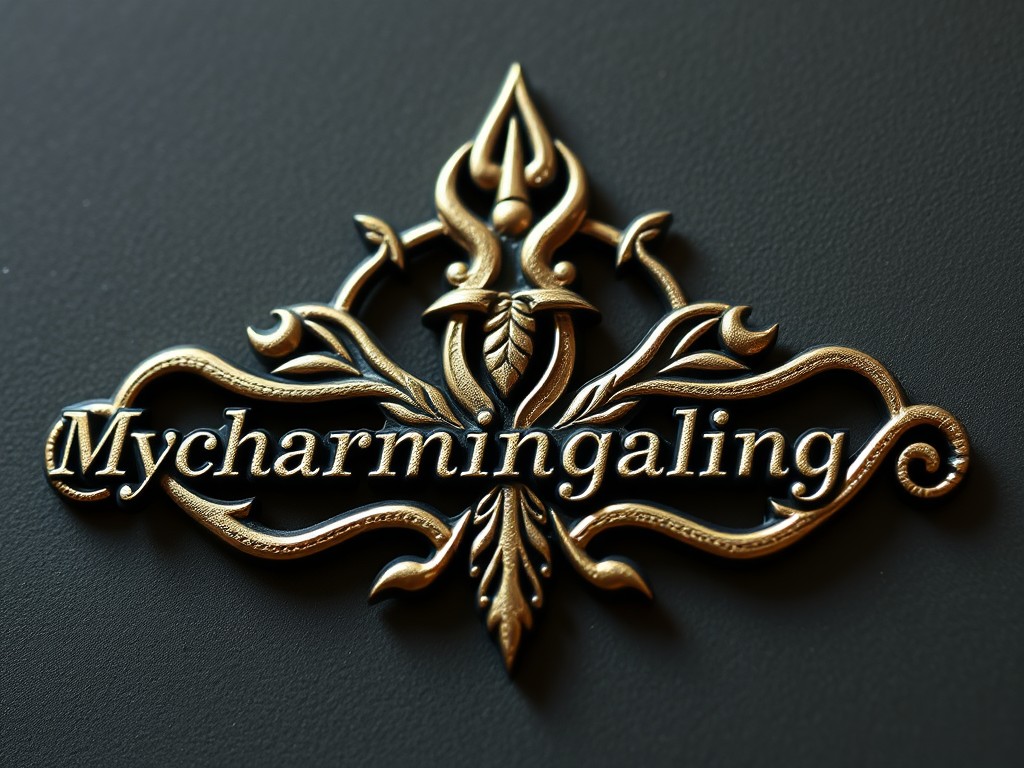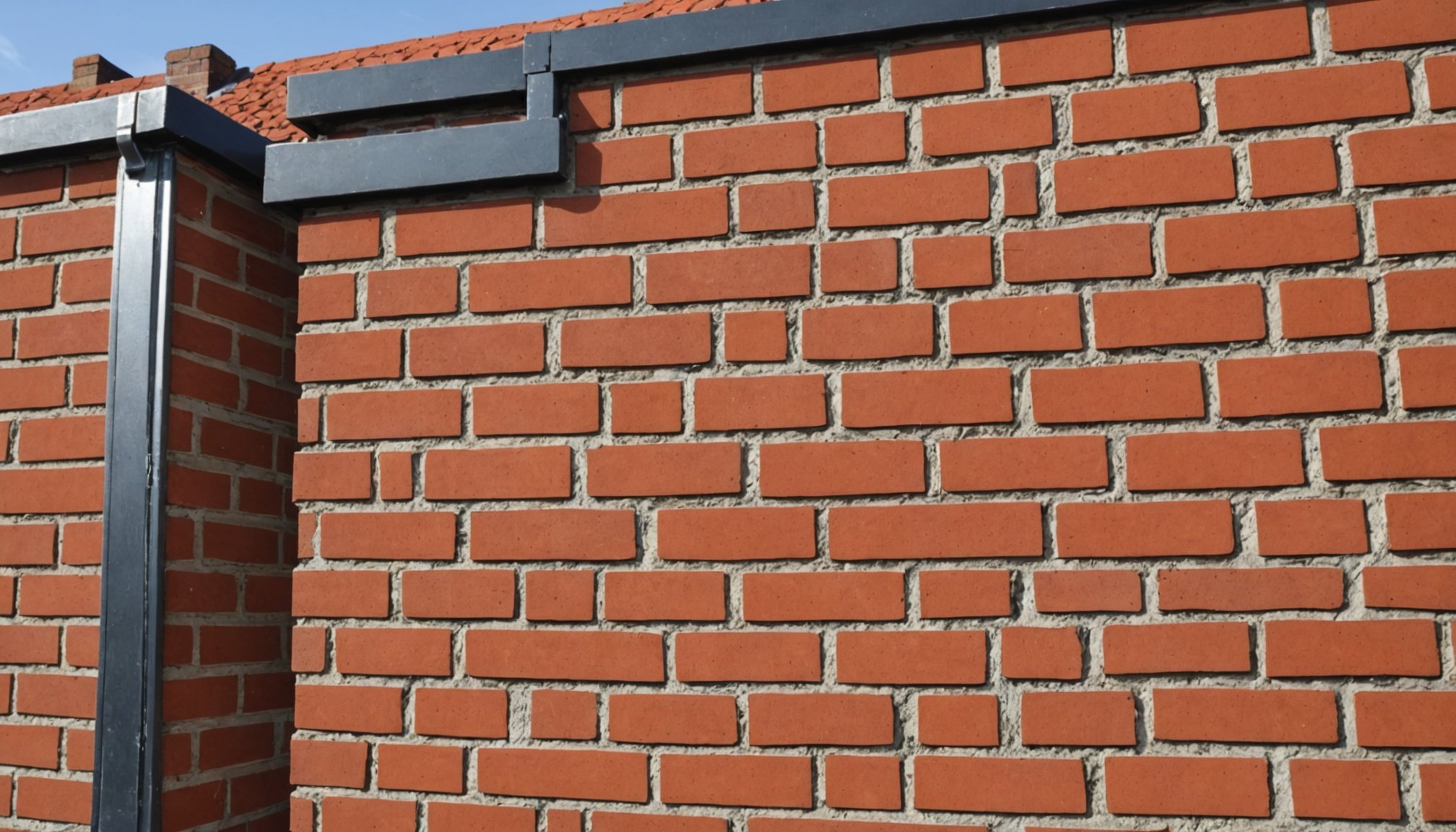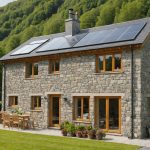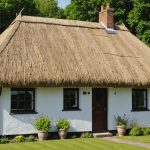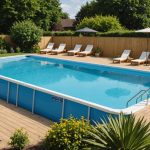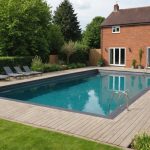Top Wall Insulation Solutions for 1950s UK Brick Homes: Discover the Best Materials
When it comes to improving the energy efficiency and comfort of a 1950s UK brick home, one of the most critical aspects to focus on is wall insulation. Homes from this era often lack the modern insulation standards, leading to significant heat loss, higher energy bills, and a less comfortable living environment. Here’s a comprehensive guide to help you navigate the best wall insulation solutions for your 1950s brick home.
Understanding the Need for Wall Insulation
Homes built in the 1950s, particularly in the UK, were constructed with different building standards and materials compared to today. Many of these homes have solid walls or cavity walls with minimal or no insulation. This can result in substantial heat loss, especially during the colder months.
Cela peut vous intéresser : Essential Factors to Consider When Creating an Emergency Shelter in Your UK Suburban Home
“As we saw with Deb and William’s renovation project, navigating the challenges of a 1950s semi-detached home requires careful planning, especially when it comes to insulation. Their decision to phase the project and prioritize key areas like the rear extension and new roof was crucial in achieving their energy efficiency goals,” notes an article on home renovation[1].
Types of Walls in 1950s UK Homes
Before diving into insulation solutions, it’s essential to understand the types of walls you might be dealing with.
Cela peut vous intéresser : Top Low-Light Indoor Plants to Improve Air Quality in Your UK Apartment
Cavity Walls
Cavity walls are common in 1950s homes and consist of two layers of brick or blockwork with a gap (cavity) between them. This cavity can be filled with insulation material to improve thermal performance.
Solid Walls
Solid walls, on the other hand, are made from a single layer of brick or blockwork. These walls are more challenging to insulate but can be improved with external or internal insulation.
Timber Frame
Although less common in 1950s UK homes, some houses may have timber frame construction. These walls can be insulated using various methods, including cavity insulation or external insulation.
Best Insulation Materials for 1950s UK Brick Homes
Cavity Wall Insulation
For homes with cavity walls, filling the cavity with insulation is one of the most effective methods.
- Mineral Wool: This is a popular choice for cavity wall insulation due to its high thermal performance and fire-resistant properties.
- Polyisocyanurate (PIR) Foam: Known for its high thermal conductivity, PIR foam is another excellent option for cavity walls.
- Phenolic Foam: This material offers good thermal performance and is relatively inexpensive.
| Insulation Material | Thermal Conductivity (W/mK) | Cost (Approx.) | Fire Resistance |
|---|---|---|---|
| Mineral Wool | 0.032-0.040 | £20-£40/m² | High |
| PIR Foam | 0.022-0.025 | £30-£50/m² | High |
| Phenolic Foam | 0.020-0.022 | £25-£40/m² | High |
Solid Wall Insulation
For solid walls, both internal and external insulation methods can be used.
Internal Wall Insulation
- Wood Fibre Insulation: A natural, breathable material that is ideal for internal wall insulation. It helps maintain the building’s integrity while improving thermal performance.
- Rigid Foam Boards: These are easy to install and provide excellent thermal insulation. However, they can be more expensive than other options.
- Plasterboard with Integrated Insulation: This is a convenient option that combines insulation with plasterboard, making it easier to install.
External Wall Insulation
- External Insulation Systems (EWS): These involve applying a layer of insulation to the external wall, followed by a render or cladding system. EWS can significantly improve the thermal performance of solid walls.
- Spray Foam Insulation: While more commonly used for cavity walls, spray foam can also be applied to solid walls externally. However, it requires careful application to avoid moisture issues.
Practical Considerations and Challenges
Moisture and Vapour Issues
When insulating walls, it’s crucial to consider moisture and vapour issues to avoid damp and structural problems.
- Vapour Barriers: Ensure that any insulation material used is compatible with a vapour barrier to prevent moisture from entering the wall cavity.
- Ventilation: Proper ventilation is essential to prevent damp. Ensure that your home has adequate ventilation, especially in areas like kitchens and bathrooms.
Heat Loss and Thermal Performance
The primary goal of wall insulation is to reduce heat loss and improve thermal performance.
- Thermal Conductivity: Choose insulation materials with low thermal conductivity to ensure better heat retention.
- Air Tightness: Ensure that the building envelope is air-tight to prevent heat loss through gaps and cracks.
Budget and Cost-Effectiveness
Insulation projects can vary significantly in cost, depending on the materials and methods chosen.
- Cost Comparison: Here is a rough estimate of the costs involved in different insulation methods:
- Cavity Wall Insulation: £20-£40/m²
- Internal Wall Insulation: £30-£60/m²
- External Wall Insulation: £40-£80/m²
| Insulation Method | Cost (Approx.) | Complexity | Effectiveness |
|---|---|---|---|
| Cavity Wall | £20-£40/m² | Medium | High |
| Internal Wall | £30-£60/m² | High | Medium-High |
| External Wall | £40-£80/m² | High | High |
Case Study: Deb and William’s Renovation
Deb and William’s experience with renovating their 1950s semi-detached home provides valuable insights into the practical aspects of wall insulation.
- Phasing the Project: They phased their project to prioritize the rear extension and new roof, ensuring that the most critical areas were addressed first.
- Budget Management: Their detailed budget breakdown highlights the importance of planning and budgeting for each component of the insulation project[1]. and Actionable Advice
Improving the wall insulation of a 1950s UK brick home is a significant step towards enhancing energy efficiency, reducing heat loss, and creating a more comfortable living environment. Here are some key takeaways and actionable advice:
- Assess Your Walls: Determine whether you have cavity walls, solid walls, or another type of construction to choose the most appropriate insulation method.
- Choose the Right Material: Select insulation materials based on their thermal performance, cost, and compatibility with your wall type.
- Consider Moisture and Vapour: Ensure that your insulation solution includes measures to prevent moisture and vapour issues.
- Plan and Budget: Phase your project if necessary, and create a detailed budget to manage costs effectively.
By following these guidelines and considering the specific needs of your home, you can significantly improve the energy efficiency and comfort of your 1950s UK brick home.
Additional Tips and Considerations
- Professional Advice: Consult with professionals to ensure that the insulation method chosen is suitable for your home and complies with local building regulations.
- Government Incentives: Check for any government incentives or grants available for energy-efficient home improvements.
- Community Support: Join online communities or renovation courses to connect with others who have undertaken similar projects and gain valuable insights and support[1].
In conclusion, wall insulation is a critical aspect of home renovation, especially for homes built in the 1950s. By understanding the types of walls, selecting the right insulation materials, and considering practical challenges, you can transform your home into a modern, energy-efficient space that is both comfortable and cost-effective.
